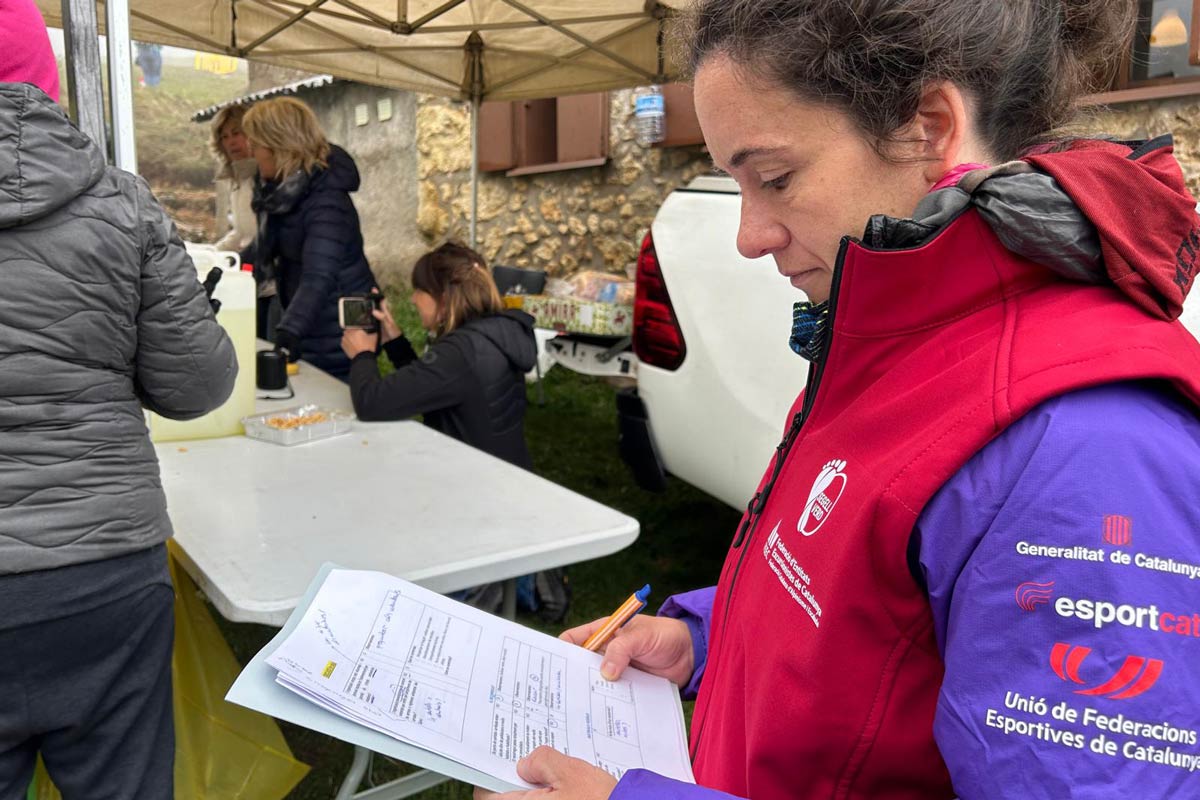The latest in our Series of extracts promoting the UIAA MedCom’s comprehensive library of mountain medicine recommendations focuses on pre-existing cardiovascular conditions.
The paper was first produced in 2012 and is available in English, Czech, Italian and Japanese. It is intended for physicians, interested non-medical persons and trekking or expedition operators.
Background
Literature on whether people with pre-existing cardiovascular conditions should go to high altitude is limited. Making a decision depends upon what altitudes are likely to be encountered, activities chosen, the nature of the pre-existing disease and other factors such as the general medical condition of the subject.
Mountaineering activities are typically characterized by strenuous exercise in an environment where the combination of falling barometric pressure and consequent ambient hypoxia, temperature and humidity together with increases in solar radiation and wind speed may trigger a series of important physiological responses that affect principally the respiratory, cardiovascular, neuro-endocrine and renal systems. These events can contribute to serious physical problems in subjects at risk. The exact altitude at which these physiological changes affect cardiopulmonary performance varies between individuals, however significant changes typically begin at >2,500m.
Despite the challenges encountered in the setting of falling barometric pressure at high altitude, regular physical activity and exposure to altitudes up to 2,500m under certain conditions may contribute to well-being and longevity.
Risks of Cardiovascular events at altitude
Whilst deaths in the mountains are most commonly due to trauma, high altitude illness, cold injury and avalanche burial, significant numbers of sudden cardiac-related deaths do occur. Sudden death is the most common fatal manifestation of cardiac disease. Sudden cardiac death (SCD) is responsible for a considerable number of fatalities in the mountain environment. Any strategy intent on reducing the risk of cardiac death will need to focus upon developing recommendations for those subjects with cardiac diseases as well as for those with risk factors for coronary artery disease.
The paper commences by exploring the effects of altitude environment on the cardiovascular system before assessing the risk factors and recommendations related to specific cardiovascular conditions:
• Sudden cardiac death
• Coronary artery disease
• Congestive heart failure
• Systemic arterial hypertension
• Cardiac arrhythmias
• Valvular heart diseases
• Pulmonary artery hypertension
• Congenital heart diseases
This paper was produced by UIAA MedCom delegates E. Donegani, D. Hillebrandt, J. Windsor, T. Küpper, U. Gieseler, G. Rodway.
Further Information:
UIAA MedCom Advice & Recommendations
Previous Articles:
Nutrition in Mountaineering
Children at Altitude



